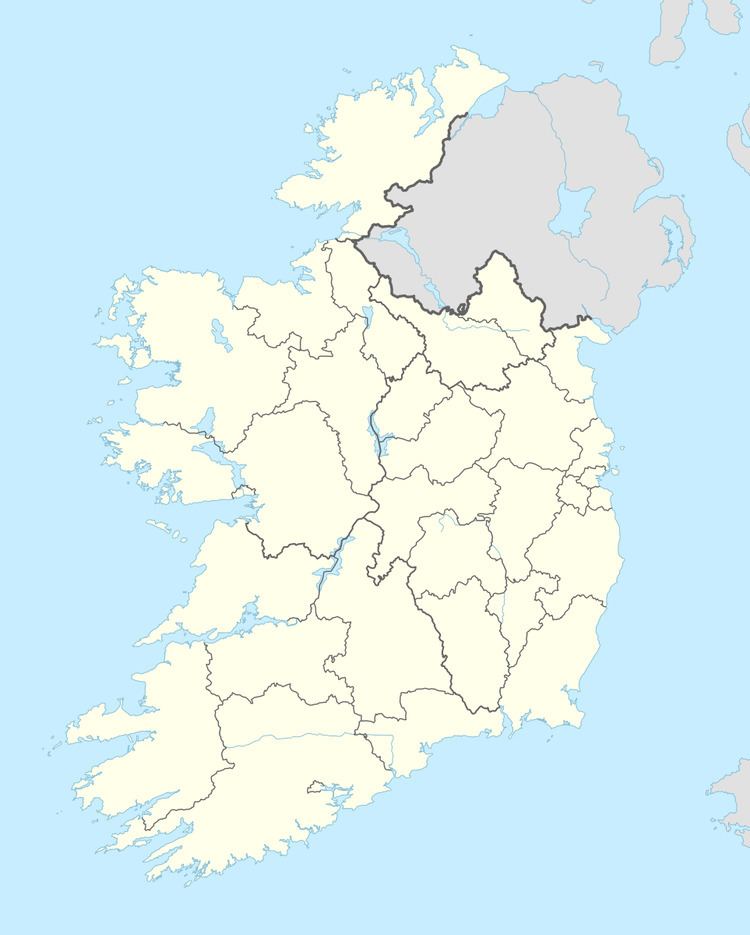Time zone WET (UTC+0) Elevation 157 m | Irish Grid Reference M034803 Local time Wednesday 7:17 PM | |
 | ||
Weather 5°C, Wind W at 34 km/h, 81% Humidity | ||
Aughagower medival church and round tower ad 441
Aughagower or Aghagower (Irish: Achadh Ghobhair, meaning "Field of the Springs") is a tiny village in rural County Mayo in western Ireland. It is located about 5 km from Westport. Modern Aughagower has only a few houses and pubs in a pastoral setting. It also forms the centre of a parish of the same name. The village is primarily known today for its ancient and cultural history.
Contents
- Aughagower medival church and round tower ad 441
- Map of Aghagower Co Mayo Ireland
- Fr patrick malone aughagower graveyard
- Round tower
- Monuments
- Centre of diocese
- History
- References
Map of Aghagower, Co. Mayo, Ireland
Aughagower is said to have been visited by St. Patrick, on his journey to Croagh Patrick. Aughagower lies mid-way along Tóchar Phádraig, formerly a part of the royal processional route from Cruachan (the ancient capital of Connacht), and later an important pilgrimage route from Ballintubber Abbey to Croagh Patrick.
Fr patrick malone aughagower graveyard
Round tower
The ruins of a medieval church adjoins the graveyard of the town's modern Catholic church. It has a well-preserved tenth-century round tower, with the exception of its topmost section and capstone. The tower was built between 973 and 1013 According to legend, the capstone was struck by lightning, and landed half a mile away on the hill of Tavenish. A local woman is said to have carried the heavy cap stone in her apron to the church, where it still remains today The tower was partly restored in 1969 and leans slightly to the north.
Monuments
Dabhach Phadraig is a circular bath surrounded by a stone wall, where pilgrims may have washed their feet. Tobair na nDeachan (the well of the deacons), now dried up, was where pilgrims drank water while performing the pilgrimage. A tree growing over Dabhach Phadraig was said to have curative powers. The soil was applied in a poultice, and when the ailment was cured the soil must be returned.
Centre of diocese
It was founded in 441 by St. Patrick, who placed over it Bishop Senach; the "Book of Armagh" tells us that bishops dwelt there in the time of the writer (early part of the ninth century). The jurisdiction of Aghagower extended over the "Owles", the territory around Clew Bay, comprising the modern deanery of Westport. But at an early date these churches were absorbed first into the Diocese of Mayo and afterwards into that of Tuam.
History
A great part of the population of the parish of Aughagower was lost in the Great Famine, and traces of ruins of deserted houses exist in several parts of the parish.
